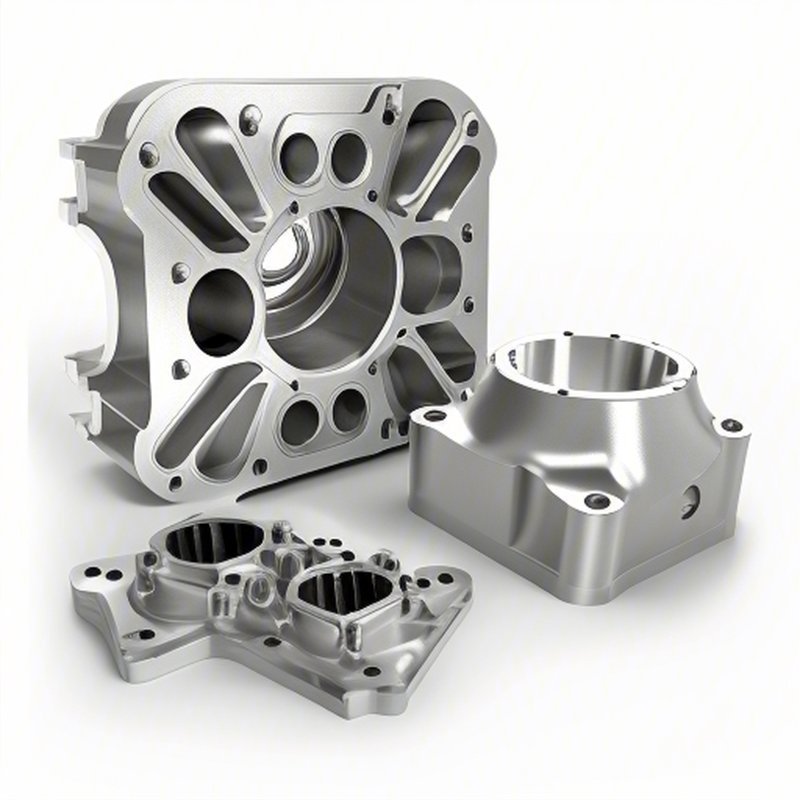Introduction:
In the realm of CNC machining, efficiency and cost-effectiveness are paramount to the success of any manufacturing operation. Finding ways to reduce machining costs without sacrificing quality is a constant challenge faced by many CNC machine shops. In this article, we will explore various strategies and techniques that can help CNC machining facilities lower their costs while maintaining high-quality standards.
Machine Selection and Optimization:
Choosing the right CNC machine for the job is the first step in cost reduction. Opting for machines with advanced capabilities and features can increase productivity and efficiency, ultimately leading to lower manufacturing costs. Investing in multi-axis machines or those with high-speed machining capabilities can significantly improve the overall efficiency of the machining process.
Tooling and Toolpath Optimization:
Selecting the appropriate cutting tools and optimizing toolpaths are crucial aspects of reducing CNC machining costs. Utilizing high-quality tools that are designed for specific materials and applications can improve machining accuracy and reduce tool wear, ultimately lowering operating expenses. Additionally, optimizing toolpaths to minimize tool travel distances and reduce cycle times can further enhance efficiency and reduce production costs.
Material Selection and Waste Reduction:
Choosing the right materials for a particular job can have a significant impact on machining costs. Opting for materials that are easier to machine or require minimal post-processing can help streamline the manufacturing process and reduce overall expenses. Moreover, implementing strategies to minimize material waste, such as nesting parts more efficiently or using scrap material for secondary operations, can help reduce material costs and lower the environmental footprint of the operation.
Quality Control and Process Monitoring:
Maintaining stringent quality control standards is essential for reducing rework and scrap rates in CNC machining. Implementing real-time monitoring systems and inspection protocols can help identify and address quality issues early in the production process, preventing costly errors and rejections. Investing in automated inspection technology or in-process monitoring systems can also improve overall process control and reduce the likelihood of defects, ultimately lowering manufacturing costs.
Case Studies and Best Practices:
To illustrate the effectiveness of the aforementioned strategies, let’s explore a few real-world case studies showcasing successful cost reduction initiatives in CNC machining facilities:
Case Study 1: Implementing Advanced Tooling and Toolpath Optimization
In this case study, a CNC machining facility upgraded its cutting tools to high-performance options designed for specific materials, resulting in improved machining efficiency and decreased tool wear. By optimizing toolpaths to reduce cycle times and minimize tool travel distances, the facility was able to achieve a 15% reduction in machining costs without compromising quality.
Case Study 2: Material Selection and Waste Reduction Strategies
Another CNC machining facility focused on selecting materials that were easier to machine and minimized post-processing requirements. By nesting parts more efficiently and utilizing scrap material for secondary operations, the facility reduced material waste by 20% and lowered material costs by 10%.
Conclusion:
In conclusion, reducing CNC machining costs without sacrificing quality requires a holistic approach that encompasses machine selection, tooling optimization, material management, quality control, and process monitoring. By implementing the strategies and techniques outlined in this article, CNC machining facilities can optimize their operations, improve efficiency, and ultimately lower manufacturing costs while maintaining high-quality standards. Embracing innovation, investing in advanced technologies, and continuously seeking process improvements are key to achieving sustainable cost reduction in CNC machining operations.





